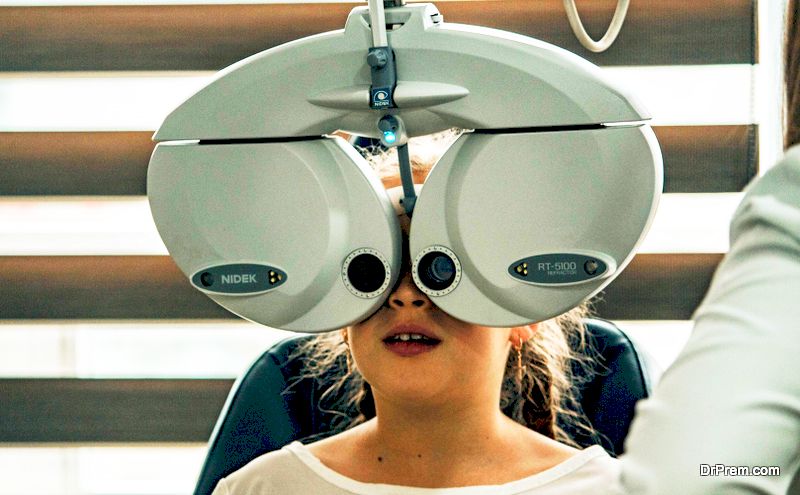The future of optometry overlapped with technological advancement and global tendencies. This article explores how the optometric field’s landscape will change in the upcoming years.
As in most other sectors, in healthcare and optometry specifically, AI and machine learning are taking center stage. Algorithms analyze data from OCT (optical coherence tomography), visual field tests, and fundus photos to detect eye diseases accurately.
Smart Gadgets in Healthcare
Soon, optometrists will deal with even more data that comes from beyond the confines of their cabinets. Patients’ wearables are poised to become an integral part of eye healthcare. Additionally, smartphone apps empowered by AI in optometry could potentially analyze eye images captured by patients, serving as a first line of defense.
Tele Healthcare
Future teleoptometry platforms can enable patients to receive virtual consultations, obtain prescription renewals, and undergo preliminary screenings from the comfort of their homes. This not only enhances patient access to essential eye care services but also complements traditional in-person visits, particularly in situations where physical access to a clinic may be limited. Moreover, teleoptometry holds promise in facilitating early detection and intervention for various eye conditions, ultimately contributing to improved population-wide eye health.
Integration of Digital Therapeutics
Another significant development in this field (and in healthcare in general) is the integration of digital therapeutics into clinical practice. Digital therapeutics refers to evidence-based interventions delivered through software programs or mobile applications to prevent, manage, or treat medical conditions. In optometry, digital therapeutics offer solutions for vision correction, rehabilitation, and vision training. These interventions can address visual impairments, including amblyopia, presbyopia, and visual field deficits. With gamification, personalized feedback, and remote monitoring features, this enhances patient engagement and adherence to treatment regimens.
Rising Demand of Preventive Eye Care
Optometrists are also adapting to the rising demand for preventive eye care. Emphasizing proactive measures such as regular eye exams, UV protection, and blue light filtering, optometrists play a vital role in educating patients about maintaining optimal eye health.
With more advanced programs, optometrists need to stay up to date to understand the functionalities and limitations of AI-powered diagnostics and to interpret data. This tendency also subtly changes the role of optometric doctors in general. Instead of being the ones who collect data themselves, they will transform into data interpreters.
The Challenge and Opportunities for Optometrists
Optometrists must elevate two skills to be equipped for this task correctly. The first one is linked to technology. This demand is already visible in new specific courses, learning programs, and platforms. The second one is the need to explain information to the patients. For example, even today, translation of OCT results into understandable language demands not just technical prowess but an empathetic touch.
Optometrists must also prepare to cater to the specific demographic, with the elderly population projected to double by 2050. This tendency will lead to a surging demand for specialized eye care, particularly for age-related conditions like cataracts and macular degeneration.
These transformations highlight the enduring importance of patient education, empathy, and personalized care. Even with advanced technology, the human touch remains irreplaceable in building trust and ensuring optimal patient outcomes.
Article Submitted By Community Writer




